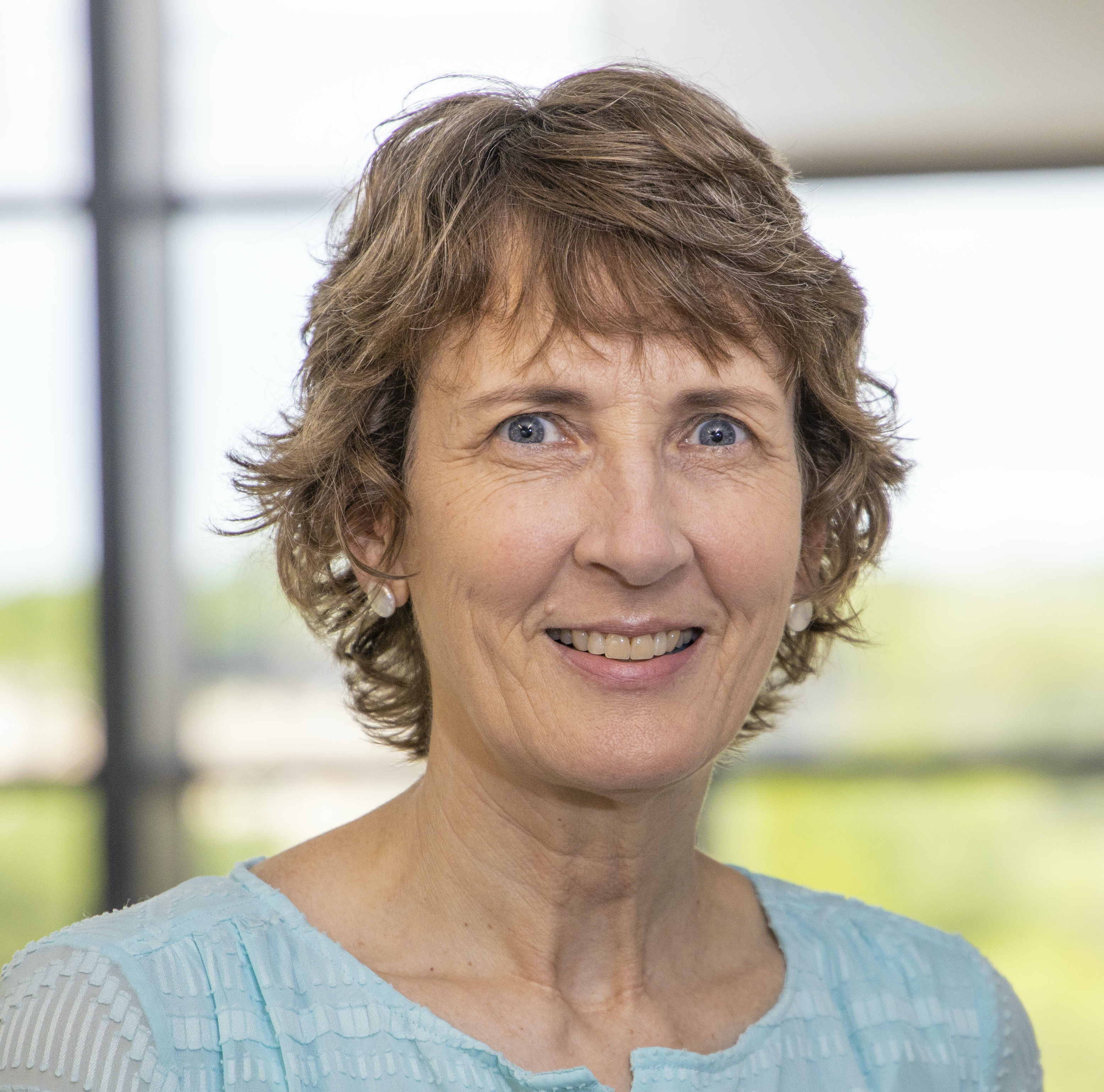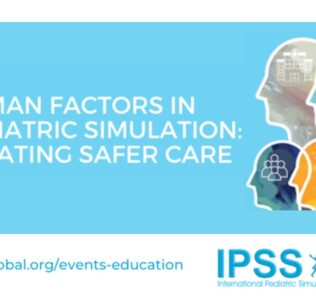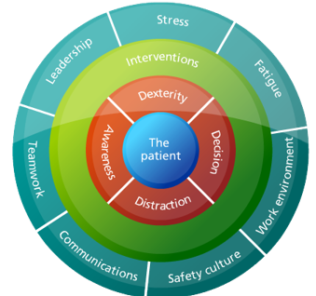IPSSV2022: Creating Safer Care Through Human Factors in Pediatric Simulation
A human factors approach to pediatric simulation can be used to refocus and gain a deeper understanding of the designs, systems, and processes that may impact the delivery of quality care. Thus, human factors are integral to better supporting the safety and quality of all patients, especially pediatric patients. To convey this message and provide insight into creating safer care through human factors in pediatric simulation, the International Pediatric Simulation Society (IPSS) hosted The International Pediatric Simulation Symposium – Virtual (IPSSV) on November 9, 2022. Healthcare simulationists from around the world gathered on their computers to learn how to make healthcare safer by viewing clinical simulation through a human factors’ lens. This HealthySimulation.com article, written by Jeanne Carey, RN-CHSE-A, shares insights and takeaways from the pediatric simulation event, including 10 lessons learned.
Healthcare simulation has evolved to focus on individual skills training and non-technical teamwork skills, such as communication. Despite increasing acceptance of the complexity of healthcare systems, systems thinking has not yet been embedded fully into simulated practice. Human factors have the knowledge, tools, and methods that could be used to inform the design of simulated practice to include a systems approach. This would benefit the quality of healthcare systems by broadening the focus beyond skills training, to improving the design of simulation scenarios and debriefings, identifying, and informing system design improvements, and testing interventions (Anderson & Ross, 2021).
Three leaders in the field of human factors delivered inspiring presentations outlining the role of human factors in healthcare. Attendees were challenged to consider ways in which they could bring a human factors approach to their simulation programs and thereby impact the safety, quality, and efficiency of healthcare.
Sponsored Content:
Laura Militello, MA is a recognized leader in the Naturalistic Decision-Making community. She helped establish the Naturalistic Decision-Making Association and is co-host of the Naturalistic Decision-Making podcast. She is the co-founder of two small businesses. Applied Decision Science, LLC is a research and development company that studies expertise in high-stakes environments. Unveil, LLC develops and delivers augmented reality training to combat medics as well as civilian emergency medical services. Militello has been developing strategies to support people who make decisions under stress for over 30 years.
Nicole Yamada, MD, MS is a Clinical Associate Professor in the Division of Neonatal and Developmental Medicine, Department of Pediatrics at Stanford University. Dr. Yamada is an attending neonatologist in the level IV neonatal intensive care unit at Lucile Packard Children’s Hospital at Stanford. Her research interests are in neonatal resuscitation and improving human performance within this realm. Dr. Yamada also has a Master of Science in Human Factors and Ergonomics from San Jose State University. She is certified by the American Board of Pediatrics in both general pediatric medicine and neonatal-perinatal medicine, and she is a Fellow of the American Academy of Pediatrics.
Robyn Clay-Williams, BEng, Ph.D. is an internationally regarded health services researcher and a leading exponent of Resilient Health Care. Dr. Clay-Williams leads a research stream at the Australian Institute of Health and Innovation, Macquarie University, in the field of human factors and resilience in health care. Her expertise is in creating health systems that can function effectively in the presence of complexity and uncertainty. Dr. Clay-Williams’ research bridges the gap between theory and practice, by developing products and processes that are usable and ready for implementation. Robyn has published extensively, with over 110 peer-reviewed academic papers, books, and book chapters. Her 2019 TEDx talk on human factors is available on the global TED.com platform. Robyn has a background in aviation and, prior to her academic career, was a military test pilot with the Royal Australian Air Force.
The three presentations were unique in their approach to the topic of human factors, yet connections were easily made and the flow from one presenter to the next seemed intentional and allowed participants to apply key points from one presentation to the others. Takeaways were plentiful. Below are the top ten lessons learned from IPSSV 2022:
Sponsored Content:
#10 Ergonomics is another term used interchangeably with human factors. This scientific discipline is concerned with the understanding of interactions among humans and other elements of a system. Professionals in the field of ergonomics or human factors apply theory, principles, data, and methods to the design of equipment, devices, processes, or entire organizations, to optimize human well-being and overall system performance. A good ergonomic design removes incompatibilities between the work and the worker and creates the optimal work environment. Human factors science is complex and multifactorial. Human factors in healthcare is a multi-disciplinary science that sits at the intersection of psychology and engineering. Human factors aim to help people do their best work, improve resilience and overall system performance, and minimize errors. Human factors’ impact and benefits are measured in terms of safety, quality, and efficiency.
#9 Naturalistic decision-making (NDM) is a theory that attempts to provide a framework for how people make decisions in a cognitively complex, real-world environment. A central goal of NDM is to identify the cues that experts utilize for making complex decisions. One of the most popular models associated with NDM is the recognition-primed decision model. This model explains why people can make good decisions based on pattern recognition without comparing all the options. Given the number of high stakes, high-pressure decision-making in medicine, NDM is being increasingly studied in this field. Simulation provides many advantages for conducting research on NDM.
#8 Cognitive Task Analysis (CTA) does not ask people what they want; instead, CTA discovers what people need. Henry Ford is credited with saying, “If I had asked people what they wanted, they would have said ‘faster horses.’” CTA helps unpack the thought processes of experts, so these processes can be taught to others. Oftentimes, experienced individuals do something well but don’t have a clear understanding of how they know what to do. CTA goes beyond observing the experts’ behavior. After all, that only goes so far in explaining what they are doing, especially when the tasks are complex. To understand, how the experienced person knows what to do, one needs to figure out what the expert knows and how he or she thinks.
#7 Tacit knowledge or implicit knowledge – as opposed to formal or explicit knowledge – is the knowledge that is difficult to express or extract. This type of knowledge is more difficult to transfer to others. Pattern recognition, perceptual discriminations, mental models, and judging typicality are types of tacit knowledge that can be developed through Augmented Reality (AR) training. Tacit knowledge is similar to Spidey-Sense, Peter Parker’s ability to sense and react to danger before an instance occurs. Spidey-Sense guides Spider-Man’s movement, acting as an instinct, allowing him to focus his mind on larger problem-solving. Peter Parker gained this power when he was bitten by a radioactive spider. NDM tells us we don’t need to suffer the same fate to develop this skill, instead, we can use AR.
#6 AR can be used to train people to make good decisions in complex situations by honing recognition skills. AR adds cues to the simulated environment, increasing the realism which facilitates sense-making. But cool technology is not enough. For AR-enhanced training to be effective, cool technology needs to be coupled with good design. The principles of good design for AR training speak to promoting learner engagement, building appropriate scenarios, increasing fidelity, supporting mental model development, scaffolding training sessions, providing feedback, and allowing time for reflection.
#5 Human factors or ergonomics is a scientific discipline concerned with understanding the interactions among humans and other elements of a system. HFE applies theory, principles, data, and methods to design and evaluation of tasks, jobs, products, environments, and systems in order to make them compatible with the needs, abilities, and limitations of people. The goal of HFE is to reduce human error, increase productivity, and enhance safety and comfort with a specific focus on the interaction between a human and a system. HFE acknowledges the reality of human imperfections while building systems that better help organizations deal with them.
#4 Human factors-based solutions make doing things right easier and hard to do things wrong. Urging clinicians to “try harder” or “be more careful” will not safeguard them against errors. Likewise, efforts to improve care solely through education often have minor and fleeting improvements. To reduce or prevent harm, the healthcare environment must be designed with human limitations and abilities in mind. Human factors are about redesigning systems and processes, rather than the people who operate within these systems.
#3 ‘Fit for Purpose’ is a term that applies to the design and construction of equipment that is good enough to do the job the equipment was designed to do. Being fit for purpose requires suitable design, implementation, control, and maintenance. Applying a human factors lens to equipment design helps determine if fit for purpose is achieved.
#2 Healthcare professionals can be set up for mistakes by poorly designed medical devices, uncoordinated care processes, and fragmented systems. Too often, these systems are designed in a way that does not account for how people actually interact with their work environment. When systems are deemed difficult or cumbersome, users tend to find workarounds that often lead to safety issues. Humans have limited attention spans. People perform worse when they are tired. They can only focus on one thing at a time, and they are prone to forgetting things. When systems are complex, the people operating within these systems are often asked to go beyond their limits – failures can occur. Complex environments, such as healthcare are prone to interruptions that increase workload, cause fatigue, and lead to elevated levels of frustration and stress. One study on human factors found that nurses experience 57 interruptions for every 100 medication administrations (Westbrook et al., 2017). No wonder the number of medication errors is so high!
#1 Hone the Individual vs. Interrogate the Environment. Looking at simulation through the lens of human factors shifts the emphasis from the individual practitioner to the dynamics of a team functioning within a complex environment. When a human factors approach is applied to simulation, the focus is on gaining a deeper understanding of design, systems, and processes that may hamper the delivery of the best care. Quality improvement initiatives frequently look to training the individual as a means to reduce errors. Human factors do not strive to eliminate human error. Instead, the paradigms more accurately align with creating systems that are resilient to unanticipated events by utilizing a thoughtful design process (Pruden et al., 2022).
Applying human factors to healthcare reduces errors and allows clinicians to deliver better care to their patients. In practice, a human factors approach boosts work processes, enhances patient safety, reduces inefficiencies, and improves quality. Human factors specialists seek to improve people-system interactions for everyone involved – healthcare professionals, patients, and family members. Their work can be focused on enhancing the safety and usability of a single product, such as a medical device, or on improving an entire care delivery process or organizational structure. Simulation can play a significant role in promoting the human factors approach to improving healthcare.
More About IPSS
IPSS is a global community of pediatricians, pediatric subspecialists, pediatric nurses, educators, and other allied health professionals who are dedicated to improving the care of infants and children worldwide. They work to achieve this outcome through multi-disciplinary, simulation-based education, training, and research in pediatric simulation.
The society strives to extend the knowledge and skills that participating members have gained to the widest possible audience. Extending membership and involvement to all healthcare professionals who care for children and infants, regardless of the geographic location where they practice, IPSS has become a global voice influencing worldwide childcare innovation, integration, and motivation.
Since the first IPSS meeting in Stockholm, Sweden in 2008, the year the society was founded by 11 multi-national pediatric medical practitioners, membership to the International Pediatric Simulation Society has grown immensely. Involving healthcare specialists from over 30 countries, the goal of the IPSS remains to promote multidisciplinary simulation in all healthcare subspecialties that treat infants and children. Further, the vision of IPSS is that children and families come to have the best healthcare opportunities possible.
Learn More About IPSS
Clay-Williams, R. & Braithwaite, J. (2019). Resilient health care: A determinant framework for understanding variation in everyday work and designing sustainable digital health systems. In Studies in health technology and informatics. Vol. 263: Applied interdisciplinary theory in health informatics (pp. 134-145). DOI: 10.3233/SHTI190118
Parent-Nichols, J., Perez, J., Witherell, B., McWilliam, P., Halamek, L. P., Kent, N., Varnum, W., & Yamada, N. K. (2021). Impact of bed height on the biomechanics of healthcare professionals during chest compressions on the neonate: a descriptive pilot study. BMJ open, 11(9), e047666. https://doi.org/10.1136/bmjopen-2020-047666
Pruden, C., Beecham, G. B., & Waseem, M. (2022). Human Factors in Medical Simulation. In StatPearls. StatPearls Publishing.
Westbrook, J. I., Li, L., Hooper, T. D., Raban, M. Z., Middleton, S., & Lehnbom, E. C. (2017). Effectiveness of a ‘do not interrupt’ bundled intervention to reduce interruptions during medication administration: A cluster randomised controlled feasibility study. BMJ Quality & Safety, 26(9), 734–742. https://doi.org/10.1136/bmjqs-2016-006123
Yamada, N. K., Fuerch, J. H., & Halamek, L. P. (2016). Impact of Standardized Communication Techniques on Errors during Simulated Neonatal Resuscitation. American journal of perinatology, 33(4), 385–392. https://doi.org/10.1055/s-0035-1565997
Jeanne Carey is the Director of Simulation at Baylor University Louise Herrington School of Nursing in Dallas, Texas. She holds advanced certification as a simulation educator and has 10 years of experience in all aspects of simulation, including the development and implementation of new simulation-based learning activities, training of simulation facilitators, and recruitment and management of standardized patients. Carey and the LHSON Simulation Team created the Two-Heads-Are-Better-Than-One (2HeadsR>1) strategy for role assignment in simulation. She is active in several simulation organizations and currently serves as an INACSL Nurse Planner.
Sponsored Content:



















